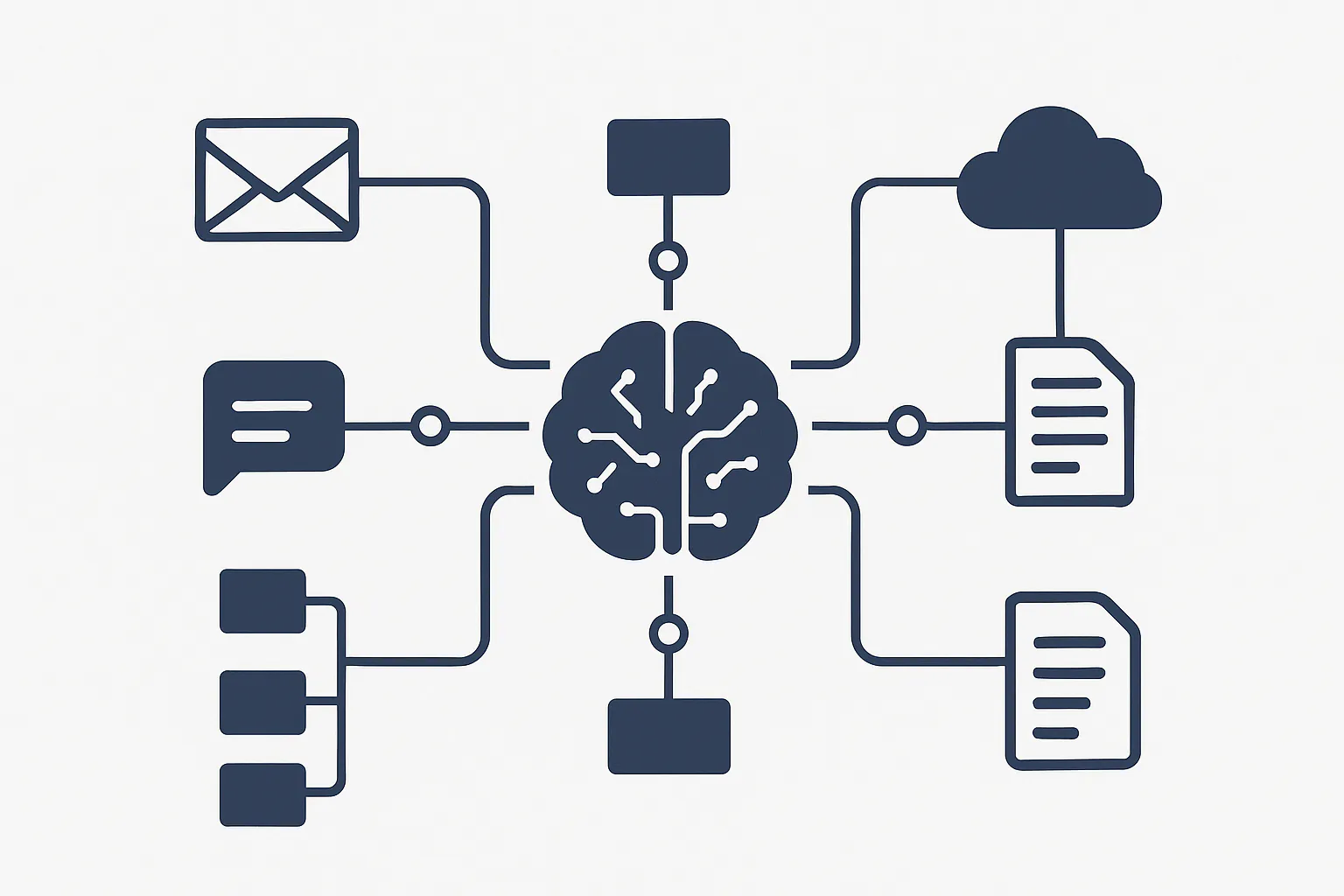Modern DevSecOps: Faster Releases, Fewer Vulnerabilities
Key Takeaways
- Catch problems early: build simple security checks into the work you’re already doing so fixes happen before launch.
- Automate the boring parts: let the pipeline run routine safety checks so your team ships faster with fewer surprises.
- Measure what matters: watch trends like fewer emergencies, quicker fixes, and more clean releases to prove it’s working.

Explore the transformative power of DevSecOps—a synergy of collaboration, tooling, and best practices that address security challenges in software development. Join us to unravel the realm of DevSecOps and learn how it propels businesses towards secure and agile development. Subscribe to stay connected.
In the ever-evolving landscape of software development, the journey from concept to code to deployment has seen remarkable transformations. Yet, amidst the progress, a persistent challenge remains—ensuring the security and integrity of software products. In the digital era, where breaches can lead to dire consequences, the question of how to safeguard software while maintaining development agility becomes paramount.
Digital leaders recognize the urgency of this challenge. They understand that the evolution of software development practices must align with the speed and needs of business. Enter DevSecOps—a groundbreaking approach that harmonizes security, development, and operations into a unified paradigm.
DevSecOps isn't just a methodology; it's a culture of collaboration and continuous improvement. It's the integration of security practices seamlessly into the development lifecycle, enabling secure software delivery without compromising agility. Imagine a scenario where security isn't an afterthought but an integral part of the process—a scenario where development teams and security teams collaborate to ensure that security is built-in from the outset.
The solution to security challenges lies in collaboration, tooling, and best practices. Collaboration fosters a shared understanding of security requirements across teams. Tooling empowers developers to implement security measures efficiently without slowing down development cycles. Best practices provide guidelines for embedding security considerations into every stage of development.
But how do you embark on this transformative journey? How do you successfully embrace DevSecOps? The path begins with understanding. Understanding the principles, the practices, and the potential. That's where we come in.
At Yocum Technology Group, we're not just advocates of DevSecOps; we're practitioners. We've witnessed how this approach revolutionizes software development, creating a synergy that prioritizes both security and agility. We're here to guide you, to help you navigate the intricacies of DevSecOps, and to empower you to adopt it successfully.
With us, you won't just learn about DevSecOps; you'll experience it. You'll discover the tools and practices that make secure and agile development a reality. You'll witness how collaboration and tooling can propel your software journey to new heights.
Are you ready to break down the barriers between security and development? To embrace a culture where security isn't a trade-off for agility? Stay connected with us. Let's explore the realm of DevSecOps together. Let's navigate the evolution and build software that's not just secure but also agile, innovative, and resilient.




